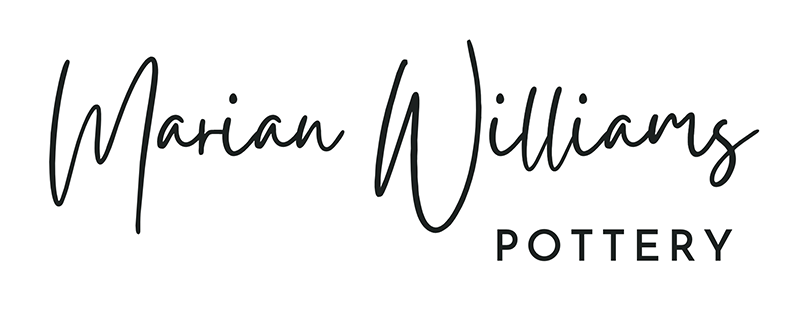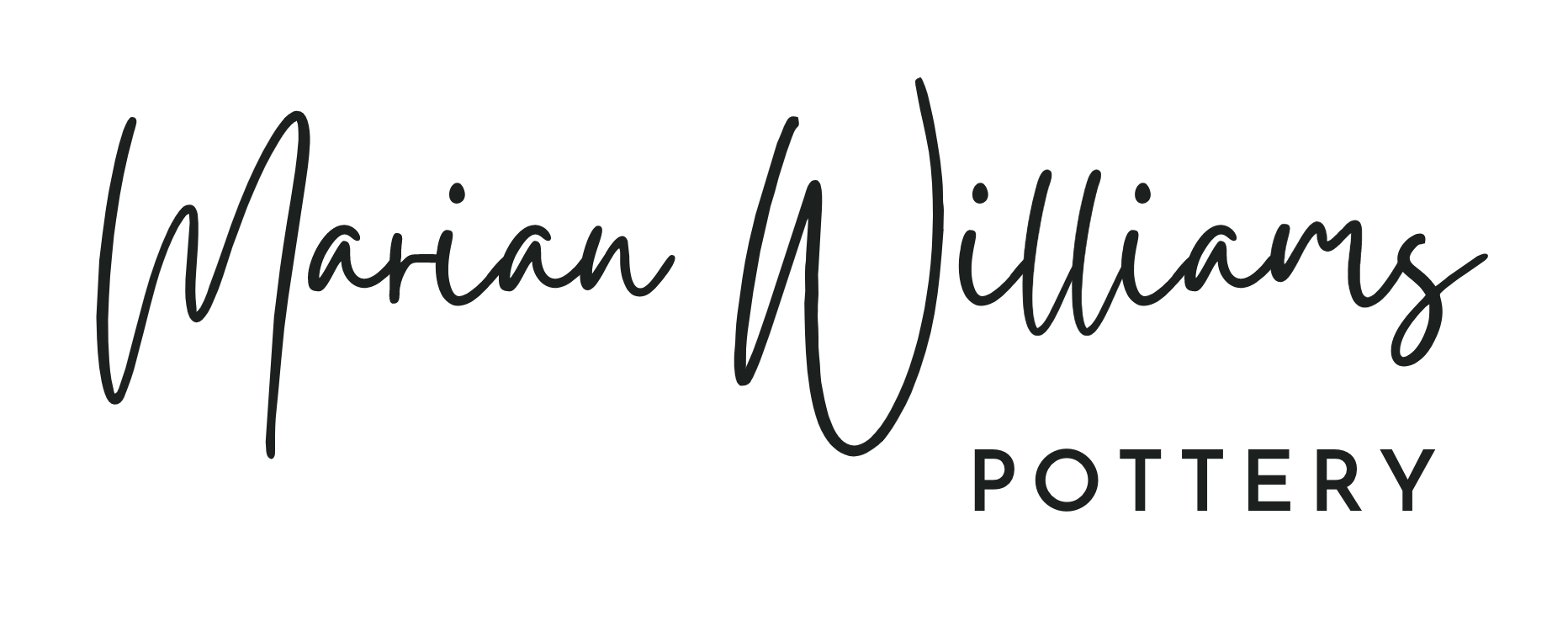I was so amazed by the fireworks in Sydney on NYE!!! It reminded me of the effect of color on our senses and emotions.
This link explains how color affects us.
Achieving amazing results in glazes on ceramics is my quest. Wishing you all the best and great success in all your endeavours this new year!































